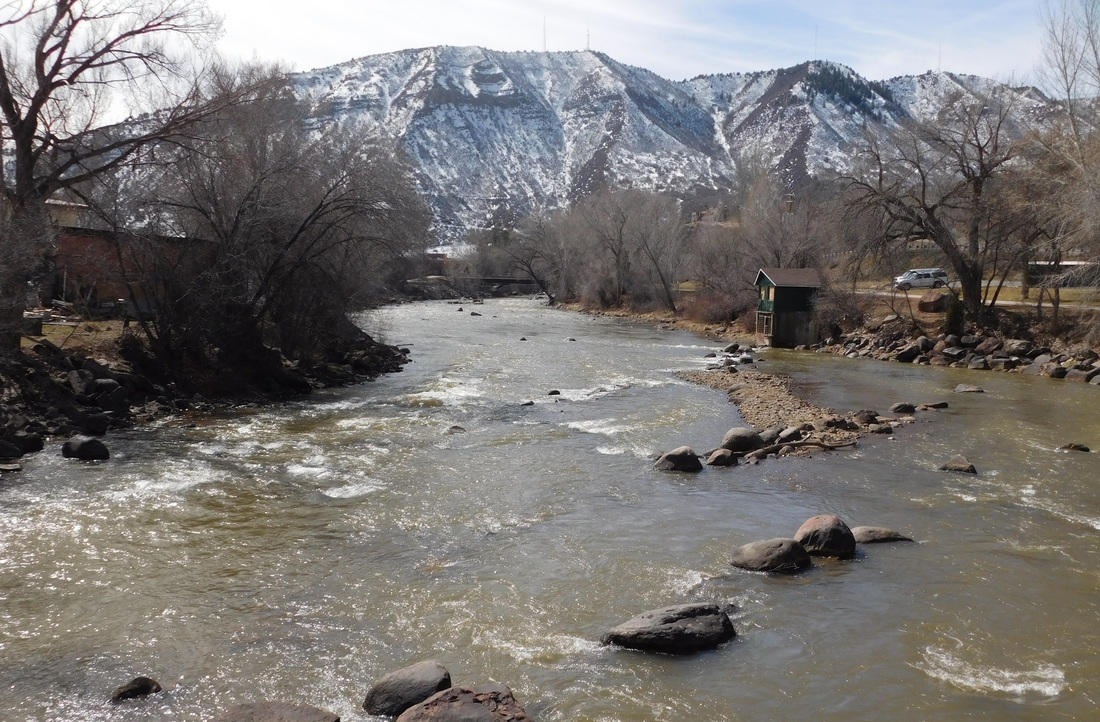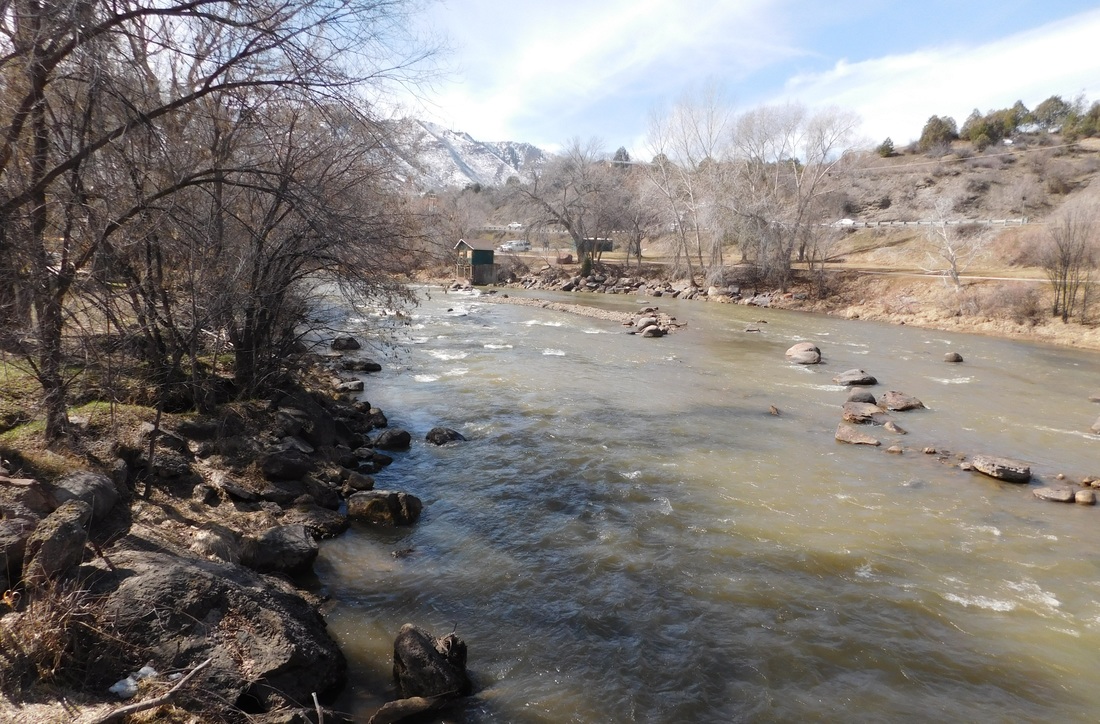|
In August of 2015, 3 million gallons of wastewater from the Gold King mine spilled into the nearby Animas River, just north of the City of Durango in southwestern Colorado. Water samples taken shortly after the spill showed exceedingly high levels of arsenic, beryllium, cadmium, lead and mercury. However, the Animas, and countless other western U.S. rivers, are no strangers to heavy metals. There are another half-million mines scattered throughout the country, some relics of a century ago and some still in use, and heavy metal contamination has been well documented. According to the USGS, heavy metals in surface water near mining sites have been shown to significantly lower the total abundance of macroinvertebrates and resulted in fewer taxa and lower dominance of Ephemeroptera (mayflies), Plecoptera (stoneflies), and Trichoptera (caddisflies). Needless to say, this is bad news for trout, and the billions of dollars that the sport of trout fishing brings to local economies. Healthy water = healthy fish. Trout are an important water quality indicator species throughout the world, as they are indigenous to cold, well-oxygenated, relatively pollution-free water. Any change in these parameters, and you will see it in the fish. Trout are also the apex predators in many of their habitats which means that pollutants, especially the persistent heavy metals, bioaccumulate in their tissues. Studying the trout in the Animas will be instrumental in determining the acute and chronic effects of the Gold King spill which will be valuable for the management of similar mines and nearby rivers throughout the country. The silver lining in it all is this: what’s done is done - now let’s figure out what went wrong, how it affected the environment, and how we can prevent it in the future. On February 22, 2016, Silverton and San Juan County voted to ask the State of Colorado to pursue U.S. EPA – Comprehensive Environmental Response, Compensation, and Liability Act (CERCLA) aka Superfund assistance in cleaning up the Gold King mine and a few dozen others in the area. For years, these jurisdictions have avoided Superfund for fear that the negative stigma would adversely affect tourism in the region. Now that the proverbial cat is out of the bag, Silverton and San Juan County feel like they have no other choice. Under CERCLA, the EPA can seek contribution from the potentially responsible parties to help foot the bill for the cleanup efforts. However, unfortunately for the region, many of the companies that owned the mines and ultimately caused the pollution have been out of business for decades. The impacts to the fishing industry in Durango and downstream are yet to be quantified. The resident trout reproduction rates have been significantly hindered by heavy metals and sedimentation for years, well before the high-profile spill last year, and significant stocking efforts have kept the fishing industry afloat. Thankfully, and much to everyone’s surprise, there wasn’t a massive fish kill shortly following the spill. Subsequent sampling will indicate how much of the metals still reside in the sediment and biomass of the river, and how much was flushed downstream to the San Juan and Colorado.
Always wise to think twice before gobbling down a few fish tacos from that morning’s catch at an unfamiliar fishing spot. Give the locals a call or check out their website for up to date fishing reports: Duranglers Flies & Supplies www.duranglers.com Animas Valley Anglers www.gottrout.com |
AuthorSexy Water Fishing Co. ArchivesCategories |



 RSS Feed
RSS Feed
